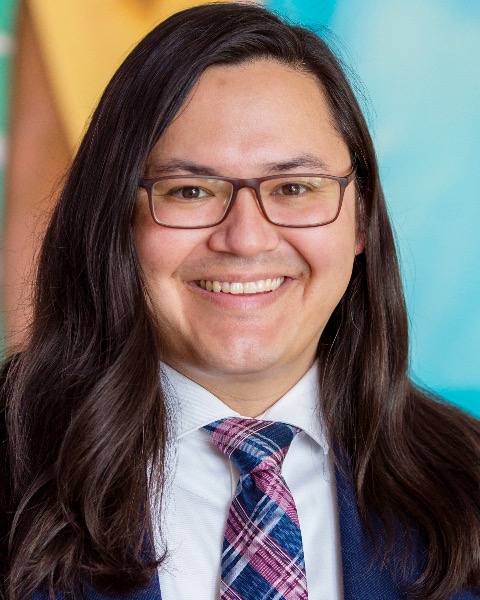Medical Education 7: DEI
Session: Medical Education 7: DEI
465 - Representation of Indigenous Peoples in the Pediatrics and Pediatric Subspecialty Workforce
Saturday, April 26, 2025
2:30pm - 4:45pm HST
Publication Number: 465.6297
Joshua Sheak, Cincinnati Children's Hospital Medical Center, Mason, OH, United States; Adam Turner, The American Board of Pediatrics, Chapel Hill, NC, United States; Daniel Schumacher, Cincinnati Children's Hospital Medical Center, Cincinnati, OH, United States; Laurel K. Leslie, American Board of Pediatrics, Chapel Hill, NC, United States; Kenna K. Sheak, Cincinnati Children's Hospital Medical Center, Mason, OH, United States

Joshua Sheak, MD, PhD (he/him/his)
Neonatology Fellow
Cincinnati Children's Hospital Medical Center
Mason, Ohio, United States
Presenting Author(s)
Background: The U.S. population continues to diversify, with projections from the US Census Bureau indicating that more than 50% of children will identifying as Latino, Black, Asian, Indigenous (i.e. American Indian/Alaskan Native, AI/AN; Native Hawaiian or Other Pacific Islander, NHPI), or multiracial by 2060. Prior studies from the American Board of Pediatrics (ABP) have demonstrated that the diversity of the pediatric workforce does not match the diversity of the U.S. population, especially among children. The representation of Indigenous providers has been limited due to their extremely low numbers in the pediatric workforce. Focus on this Indigenous group is critical to efforts to promote workforce diversity in pediatrics.
Objective: To focus on the Indigenous workforce in pediatrics, we report current numbers and demographics of Indigenous identifying, pediatricians and pediatric subspecialists either board certified or in-training.
Design/Methods: Using ABP data, we isolated self-identified Indigenous (AI/AN or NHPI) providers and combined their data with other demographics and certification data (age, self-identified gender, stage of training, degree type, certification type and year, geographical location, and subspecialty) to create a profile of the Indigenous workforce in pediatrics.
Results: Demographic data from ABP indicates that, as of 2018, there are total 905 individuals identifying as Indigenous alone or two or more races with one race being Indigenous. Of these, 208 identify as AI/AN alone and 98 identify as NHPI alone. Most Indigenous providers are female (64.6%) and younger than 60 years old (82.2%). Additionally, most Indigenous identifying individuals held an MD degree (69.7%), graduated from an American Medical School (AMG) (80.4%), and have been certified in General Pediatrics only (71%). Subspecialty representation is low with three areas lacking an Indigenous provider.
Conclusion(s): Using ABP data, we created the first known profile of members identifying as Indigenous in the pediatric workforce. The profile reveals a high proportion of AMG graduates with MD degrees, suggesting an important avenue to continue to educate and train Indigenous pediatricians. Additionally, a slightly higher portion of Indigenous pediatricians have not sought subspecialization, suggesting a greater emphasis on primary care careers. Future directions include conducting qualitative interviews with trainees and early career pediatricians from Indigenous backgrounds to explore the unique factors influencing their choice and perseverance in pediatrics.

